More on the National Parks Portfolio
4 Comments
In 2016, I described the National Parks Portfolio. If you haven’t done so, please be sure to read that article for background. This week, on the occasion of the 104th anniversary of the National Park Service, I am tracking the publication history of what is maybe the most important publication in the history of the agency, as its foundational and then major first publication.
1916
After looking at many copies, I identified two printings of the 1916 National Parks Portfolio with distinct characteristics. All the booklets inside are entirely identical. The only difference is in the wrappers that serve as portfolio covers. One of them has a wrapper consisting of thin, dark, cardboard wrappers. The back cover features a seal with the lettering “NATIONAL PARK SERVICE – DEPARTMENT OF THE INTERIOR” surrounding an eagle with wings outstretched in front of a mountain. The wrappers from the other printing are lighter cardboard covered by cloth on the outside, with no seal in the back.
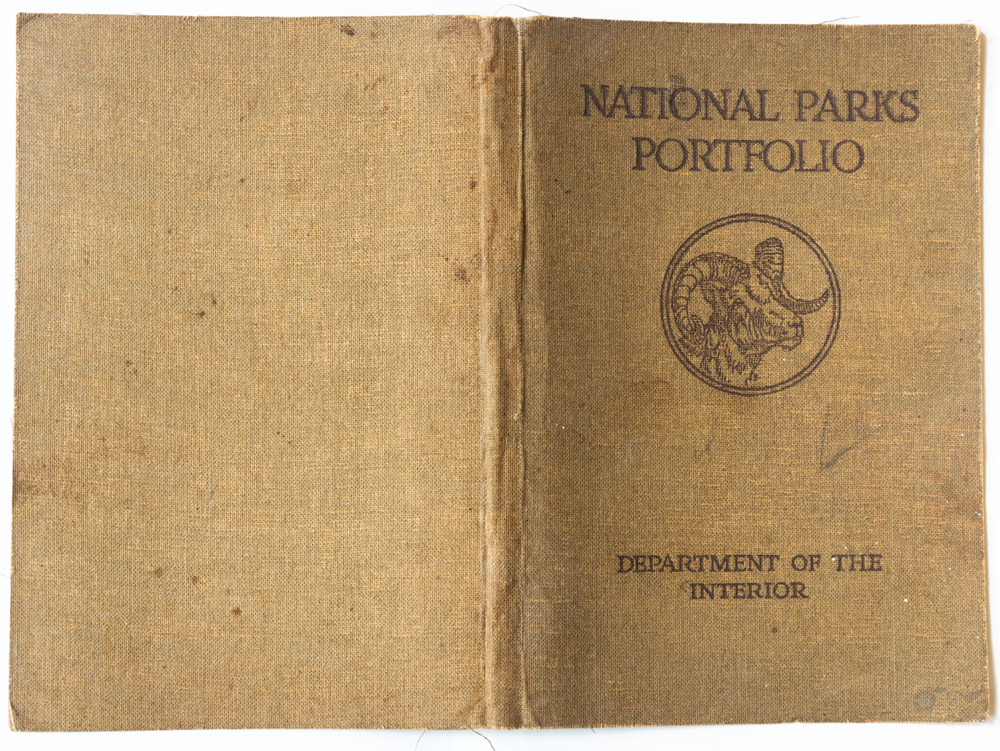
My hypothesis is that the printing without the seal was the first printing, whereas the printing with the seal would have been made after the National Park Service (NPS) was officially established on August 25, 1916. National Parks Portfolio was issued as part of a campaign to establish the National Park Service, so it would have been odd to feature the seal of an agency not yet established. Stephen Mather or Robert Sterling Yard would have decided that since a new edition was coming in 1917, in late 1916, it was enough to keep the booklets the same and just add the seal to the wrapper to acknowledge the new agency. That circular seal with the eagle perched on a rock in front of a forest and a mountain was the first National Park Service emblem as chronicled in the Harper Ferry Center’s article Taking Flight.
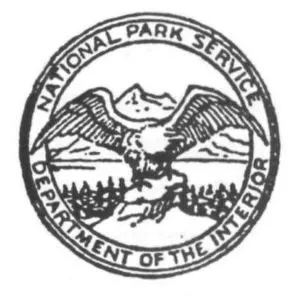
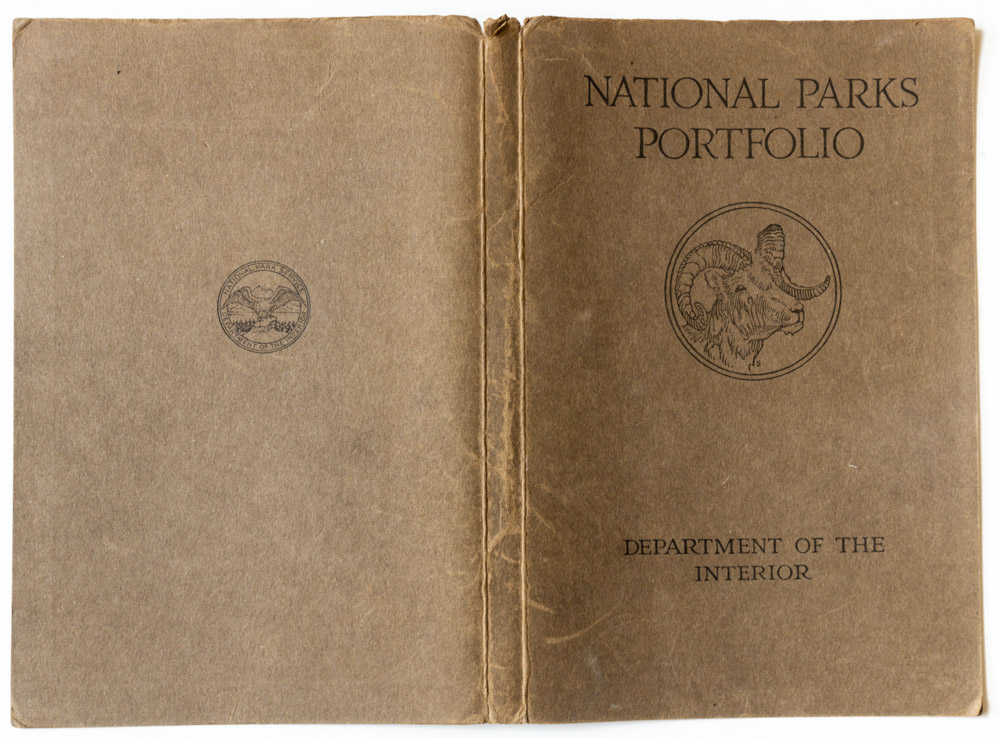
However, curiously, that emblem appears to have been used in print only in 1916. All subsequent printings of National Parks Portfolio, as well as all other early government-issued publications such as individual national park brochures, bear the seal of the Department of the Interior, generally a bison, but also sometimes an eagle profiled against the sky. The only other publication I have seen with that seal is the second edition of Glimpses of our National Park, a free booklet written by Robert Sterling Yard to provide an overview of the main national parks. It was issued in May 1916, therefore predating the establishment of the national park service, but since it had a total print run of 400,000, it is possible that my copy is of a printing issued after Aug 25, 1916. Although the seal is nowhere to be found in print after 1916, as documented in National Park Service Uniforms – Badges and Insignia 1894-1991, it was the basis for the badges worn by NPS rangers from 1920 to 1970 – after 1970, badges also became based on the Department of the Interior bison seal.
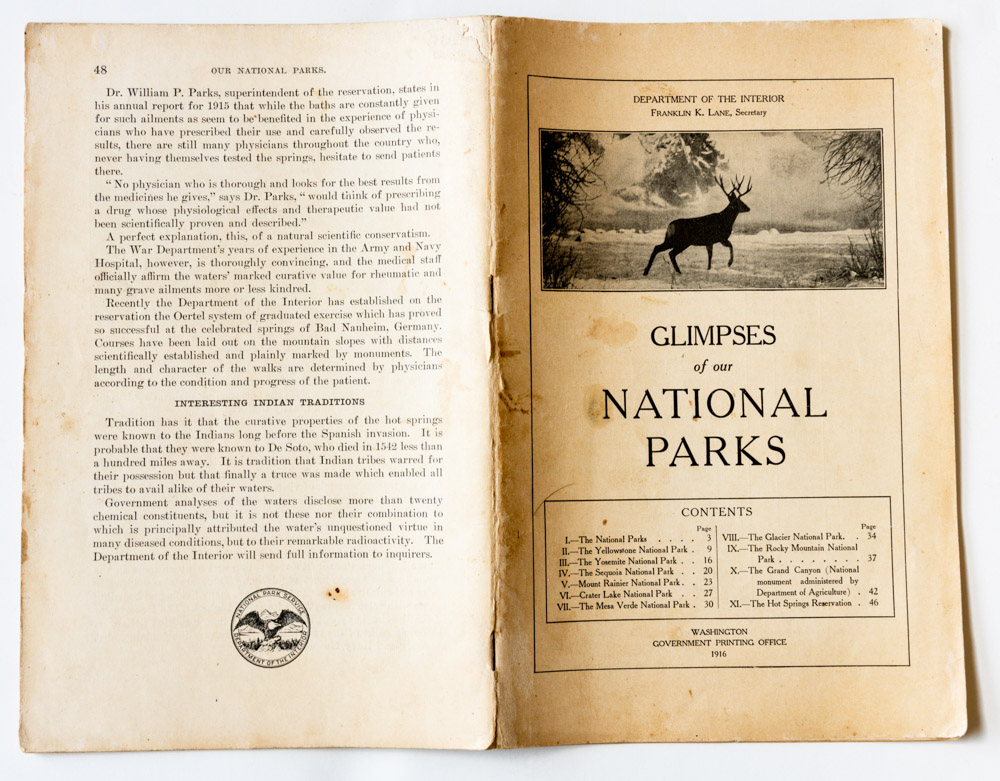
1917
The second edition of the National Parks Portfolio was one of the first publications of the National Park Service. One of the goals of the National Parks Portfolio was to make the national parks known to the people of the country so that they would support the creation of the National Park Service, and therefore it was widely distributed free of charge. By contrast with Glimpses of our National Park, which was printed for the general public, the audience for the more lavishly produced National Parks Portfolio was not the general public, but rather the elite. Stephen Mather sent copies of the National Parks Portfolio to a handpicked list of social clubs and professional societies with the idea that they would, in a drip-down approach, influence others. While Glimpses of our National Park continued to be distributed free of charge like today’s individual park brochures, the second edition of National Parks Portfolio cost 35 cents in the initial format with separate booklets, but was also offered as a hardcover bound book for 55 cents (one 1917 dollar is the equivalent of 20 dollars in 2020).
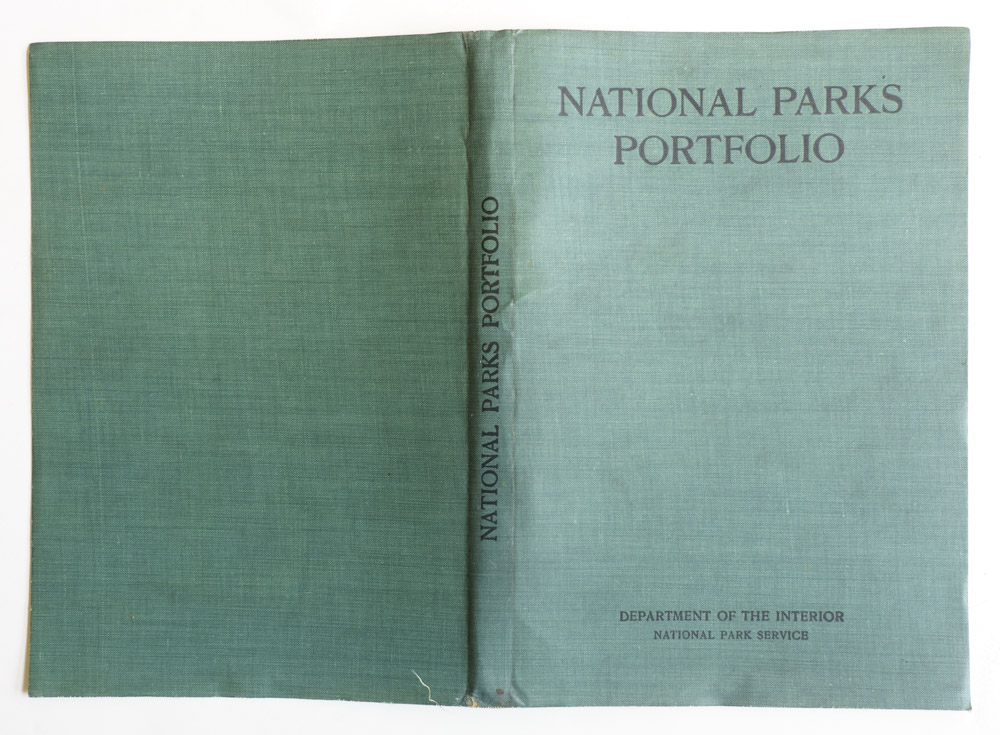
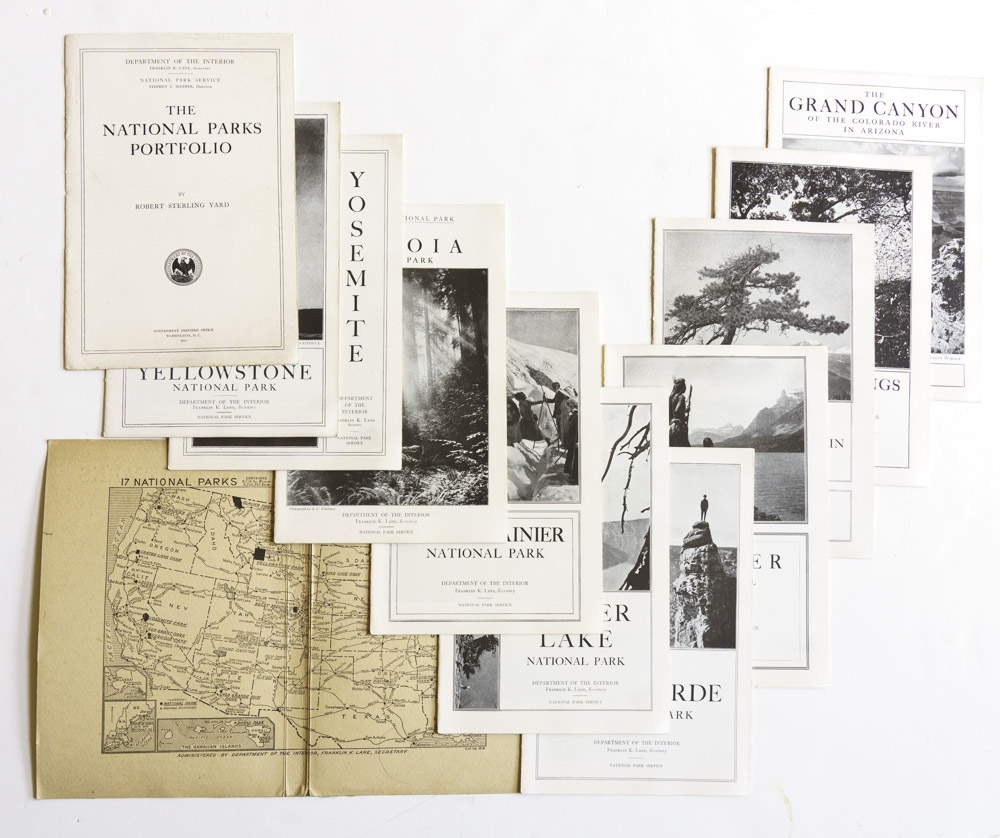
The name of the new agency, of which Stephen Mather is the first director, was now present on the portfolio cover and on the front page of each of the booklets. The printer/publisher is listed as “Government printing office” instead of “Scribner Press”.
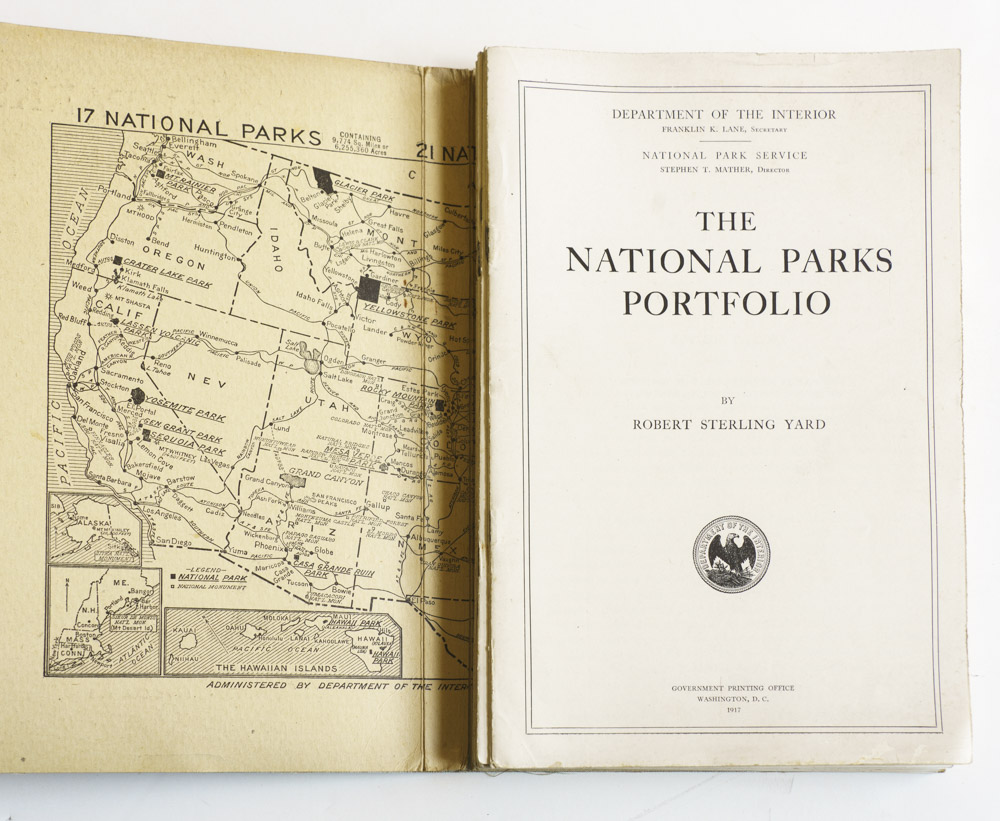
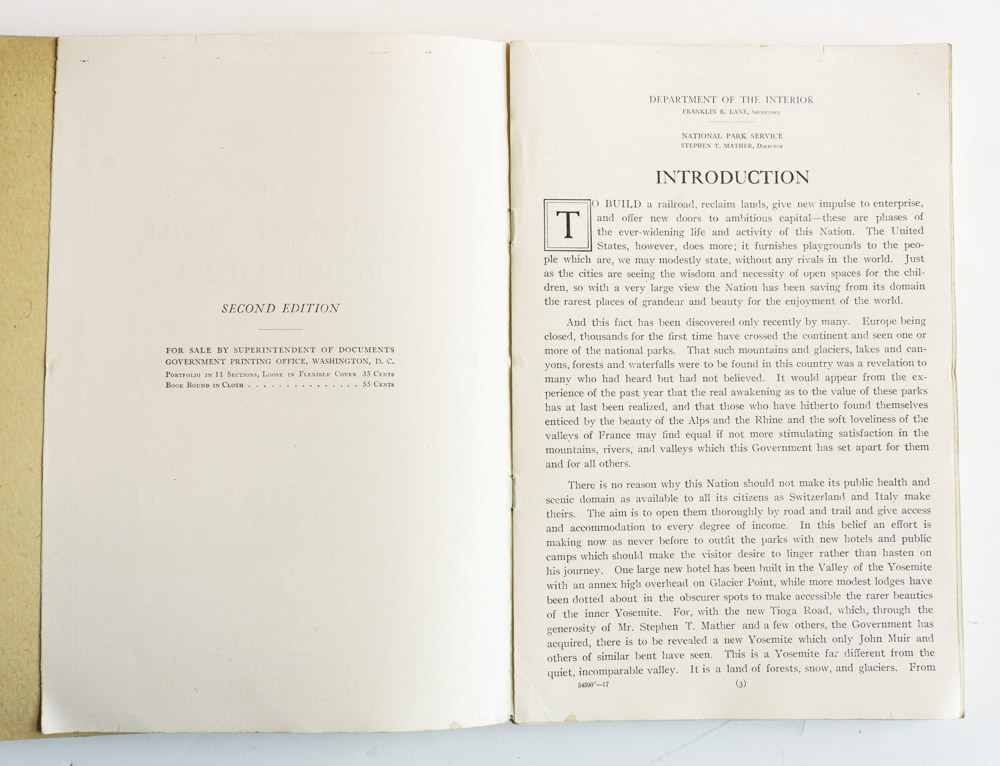
Besides the substitution of some photographs, the main change in contents was the addition of a 10th 36-page booklet describing the new national parks established in 1916 and early 1917 (bringing their total number to 17) as well as national monuments. Prior to the re-designation of Gateway Arch National Park, Hot Springs National Park was considered by many to be the black sheep among the national parks. Stephen Mather was personally quite fond of the place. We see here that Hot Springs, although not even yet designated as a national park (this would come in 1921), was given more prominence than Hawaii National Park consisting of modern-day Hawaii Volcanoes and Haleakala, Mt McKinley National Park renamed Denali National Park only in 1980, and Lassen Volcanic National Park.
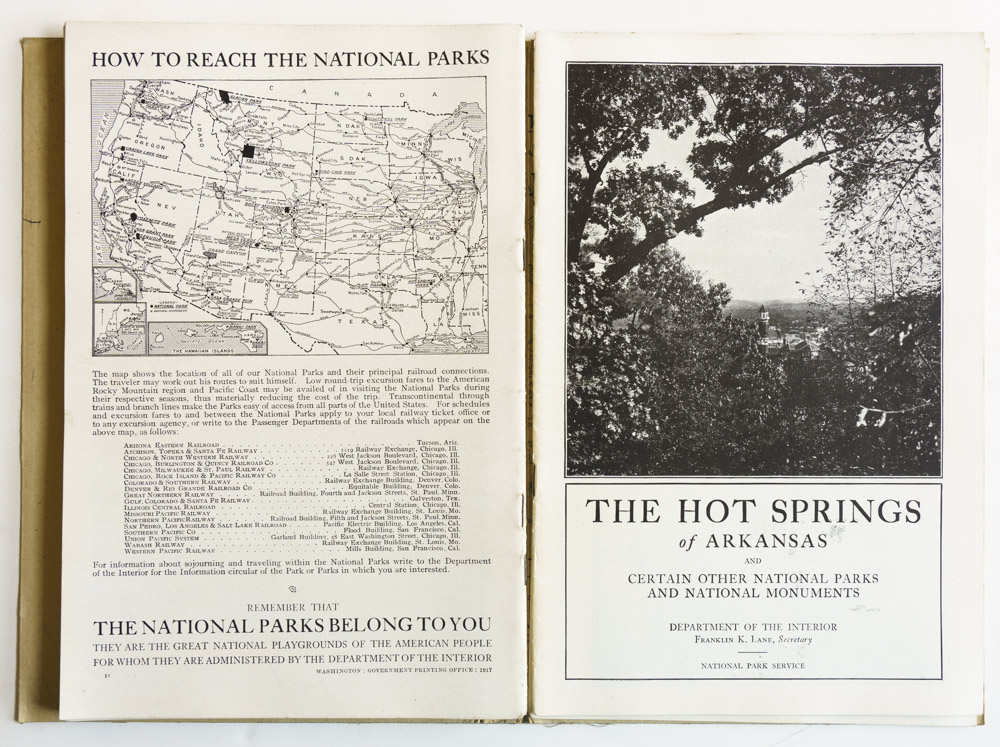
1921 and beyond
The National Parks Portfolio would undergo four more editions, each issued only as a bound book with a major revision by Isabelle Story in 1928 for the 5th edition:This revision was made necessary by the many changes that have occurred in the national park system during the past twelve years, and by the changing styles, which made obsolete many of the pictures with a human-interest note.You can see below all bound editions, starting from the 2nd edition (at the top) and ending with the 6th at the bottom. There were additions and updates, but the number of pages didn’t change that much, and only the 5th and 6th edition saw a slight change in trim size.In […] 1916, only 356,097 people visited the national parks. Since then, however, the visiting list has steadily mounted higher and higher, until in the 1927 year 2,354,643 visitors saw the national parks.
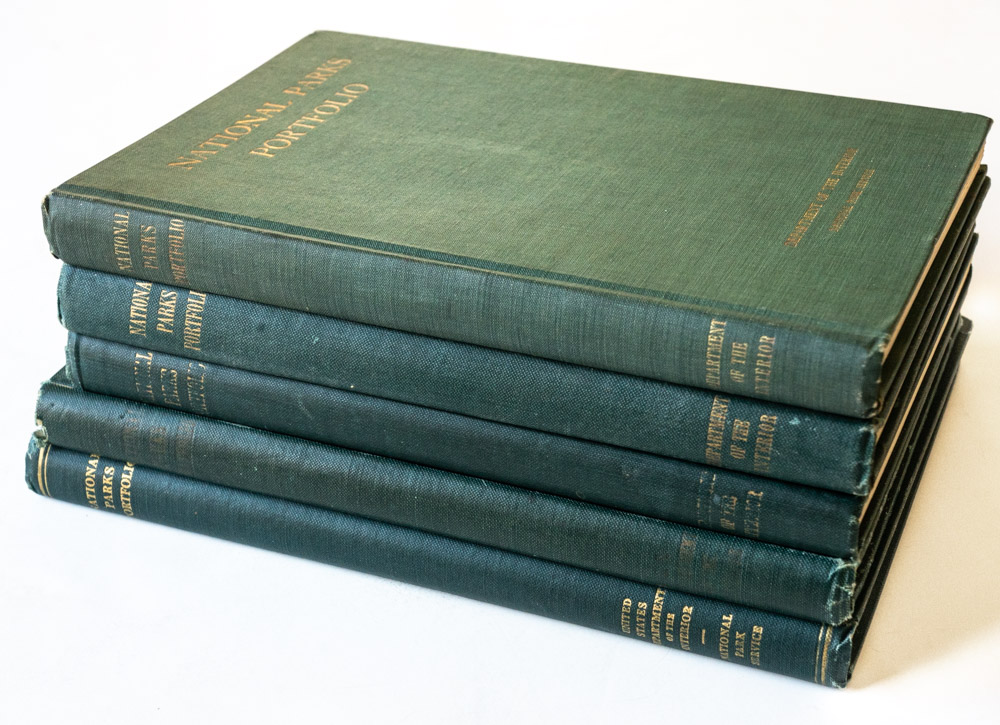
Stephen Mather passed away in 1930 and not long after budget cuts caused the publication to be discontinued. In the 6th, and final edition of National Parks Portfolio, the new NPS director Horace Albright would pay homage to him, modestly skipping his own critical role as Mather’s main partner. He reveals at last the story behind the first edition:
To Stephen T. Mather, first Director of the National Park Service, is due the greater part of the successful development of the national park and monument system. The issuance of the first National Parks Porfolio in 1916 was his personal accomplishment. No Government funds were available for such a publication. Mr Mather, however, knew that some such book was necessary if the parks were to be made known to the people of the United States. He, therefore, interested seventeen western railroads in the project and with their contribution of forty-three thousand dollars had the National Park Portfolio prepared and published. A year later the government took over the publication of the Portfolio.
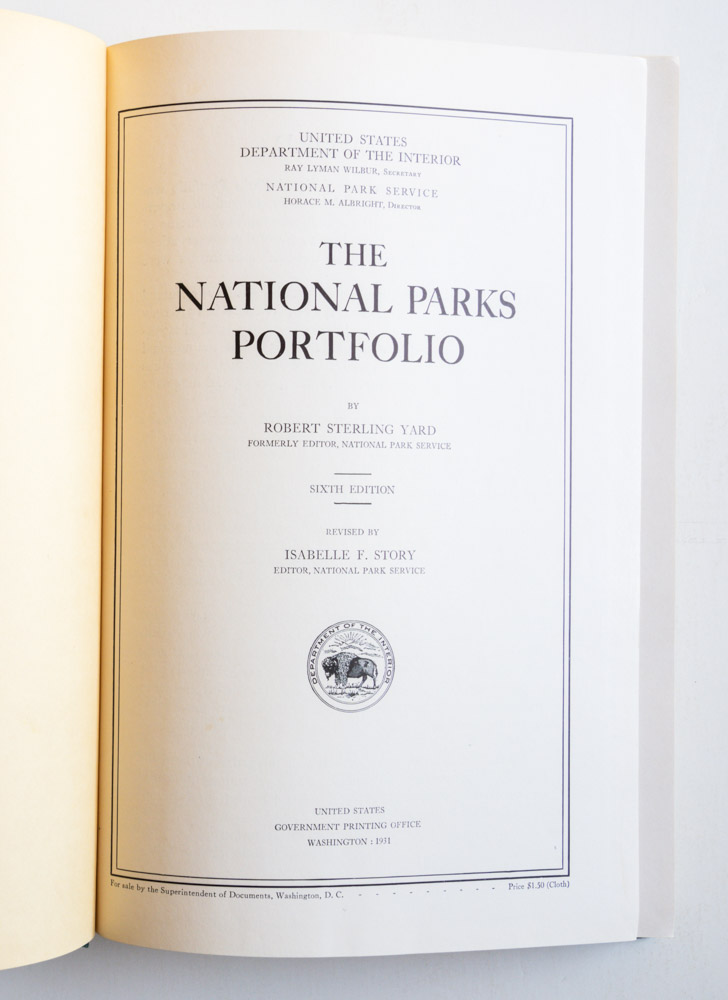
Here is the summary of the different editions, with a link to scan of each of them if you wish to compare them:
- 1st (1916) 218 pages, free
- 2nd (1917) 262 pages, $0.55
- 3rd (1921) 266 pages, $1
- 4th (1925) 270 pages, $1
- 5th (1928) 270 pages, $1
- 6th (1931) 274 pages, $1.5
Part 2 of 2: 1 | 2


Thanks for the article. This article is an interesting read. I know what I am reading for the next few days… those portfolios. I have read a few pages and am already hooked; especially noting how NPS itself distinguishes national parks from national monuments. “A national park is supposed to have park-like area, but several are very small” Oh yes… Hot Springs, Dry Tortugas, Congaree, and as you mention, Gateway Arch are great illustrations of that point. I am also reminded of the defunct Platt National Park (now, Chickasaw NRA). Have you been there, QT? Again, thanks for the throwback in time.
Yes, the portfolios are a great read on many levels. The 1917 had also this to say:
You won’t see the truth stated in such an unvarnished way today by the NPS. I haven’t visited the abolished national parks. The way the NPS treated them in their publications indicates that they always were aware that they were lesser areas.
Very thorough and interesting. I stumbled across this in my own research about national parks, and specificall the national park brochures. One piece of information I am trying to track down is exactly how large each of the print runs were for (how many copies were printed)–both for these “Portfolios” and for the individual park brochures themselves.
Given your interests in this, as well as prior research, I thought I would also reach out with a few questions that I am bumbing into:
The 275K copies of the first edition is stated in the into of the subsequent editions. Do you know how many copies were printed of the other editions? Or, where that information might be obtained?
Similarly, do you know when the parks began providing booklets/brochures at the parks themselves? It would seem that at least prior to 1916 that was not done. Did they start in 1916? Were the individual booklets of the portfolio distributed at the parks as well?
I do not have further information about print runs. For the current unigrids, The Harper Ferry Center should know, but for older docs, this could be difficult to figure out since the NPS is not a very good keeper of their own history.
The first “General Information regarding Xxx National Park” booklets that bear the name of the National Park Service date from 1917 – I have three in my collection. Since the NPS was established in Aug 1916, the booklets distributed in 1916 are attributed to the U.S. Department of the Interior. I have seen a Glacier NP 1915 booklet similar in design and contents, and several 1912 booklets with a different cover design. The practical contents indicate that they were meant to be distributed at the parks.
The “National Parks Portfolio”‘ booklets were not meant to be separated. They were always bound together starting from the 3rd edition. Also they were meant to be inspirational rather than practical. Their goal was to increase awareness of the parks and support for the NPS and their audience was people of influence rather than visitors. Of course, park visitors are aware of parks. For those two reasons, I doubt that individual booklets were distributed at the parks.